With the Fujifilm X100VI now shipping, it’s time to start exploring some accessories. I own three different X100 series cameras, and during that time, I’ve learned a lot about them and what accessories work best. In this guide, I’ll walk you through what I consider to be some of the best accessories for the Fujifilm X100VI.
Before getting started, here are the top memory cards for the Fujifilm X100VI. Review those recommendations to avoid wasting your money on cards you probably don’t need.
1. Screen Protectors
I would always recommend starting with a screen protector. I’ve had screen damage in the past from not using screen protectors, and it sucked. There are a lot of choices out there, but they are mostly the same: either 9H glass screen protectors or, occasionally, anti-glare models. ExpertShield still offers these options.
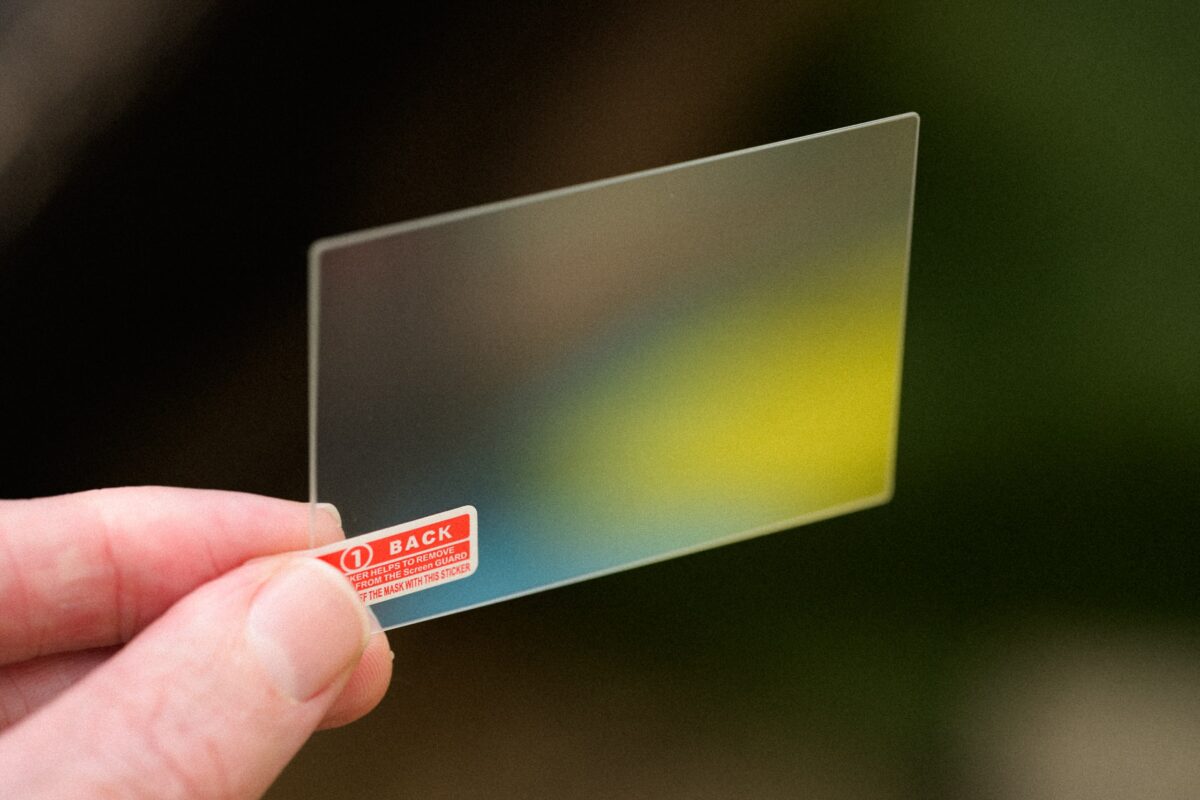
Screen Protector For Fujifilm X100VI
There are many brands out there with random names, but one I’ve been buying recently is ULBTER. They offer glass screen protectors, which provide excellent protection against dirt, scratches, and fingerprint smudges. Made from tempered glass with a 0.3mm thickness, they provide a crystal-clear viewing experience with ultra-low reflection, preserving sensitivity. Other brands offering glass are great as well, but I do recommend the glass screen protectors for this camera unless you want something special, like an anti-glare protector. But those are hard to find these days.
2. Batteries
After screen protectors, you will almost certainly need extra batteries.
While Official NP-W126 Batteries are the way to go, there are a few things you need to know about using third-party batteries. First, here is the official battery for the Fujifilm X100VI.
Official Fujifilm Battery: FUJIFILM NP-W126S Battery Pack
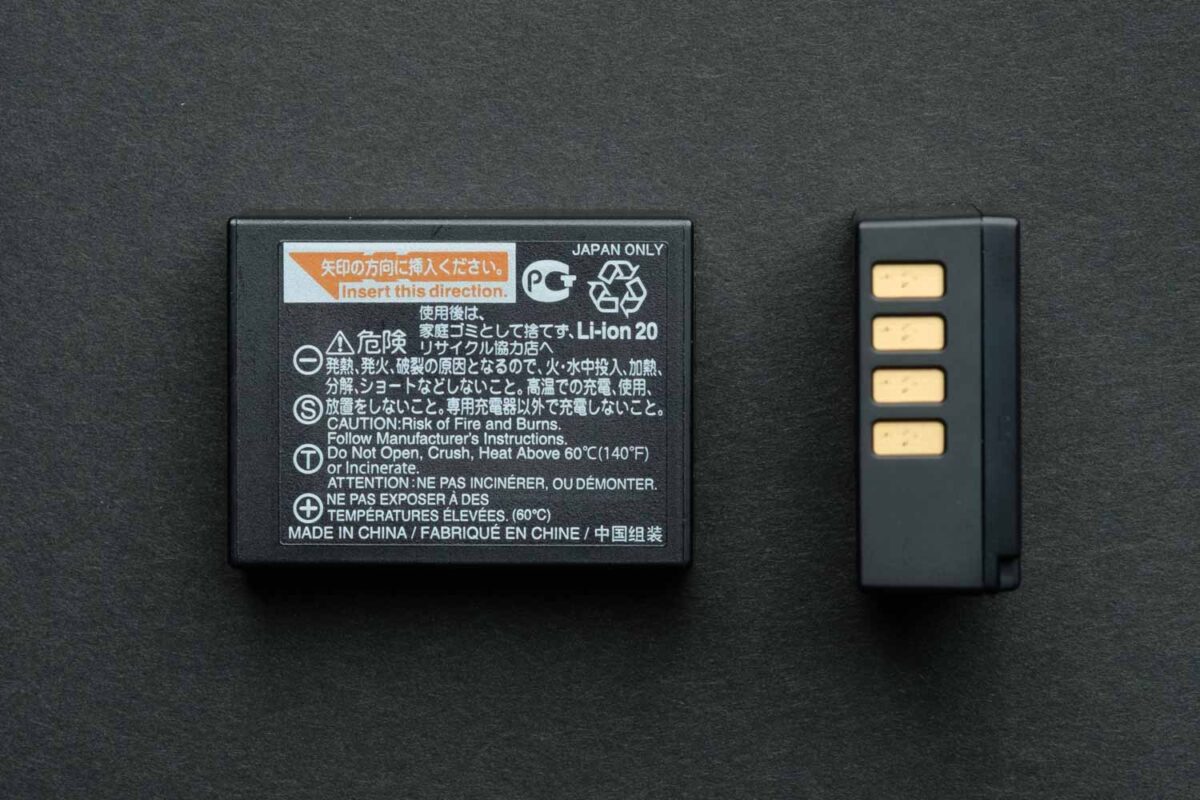
I’ll post the official batteries in case you need a few extra for important work.
The FUJIFILM NP-W126S Battery Pack is engineered for optimal heat management. The official Fujifilm batteries are the most dependable, so if you’re shooting professionally or just want a near guarantee that your battery will never have problems, stick with them.
However, after a few years and extensive use, these batteries do wear out, and you should probably replace them every 5 years if you’re shooting frequently.
Battery Life Tip For The Fujifilm X100VI: If you’re struggling with battery life or frustrated by its short duration on the Fujifilm X100VI, consider turning off all JPG effects, as they appear to significantly drain the battery. I thought something was wrong with the camera at first, or maybe IBIS was killing the battery, but when I turned off all the JPG effects, my battery life returned to what felt normal.
Third-Party Batteries For Fujifilm X100VI
Surprisingly, some third-party brands are now quite good. So if you love your JPG effects, grab some third-party batteries.
The only catch with good third-party batteries is that it’s still usually a good idea to break them in a few times. This involves fully cycling from full power to empty around 3 to 5 times. You don’t have to be super specific here, but it’s generally a good idea to first fully charge your battery when you receive it, then use it to wear it down to a reasonable level before recharging it fully again.
As for the best third-party brand batteries for the Fujifilm X100VI, I’ve been using Wasabi, specifically the one with a built-in USB-C charge port. It’s been working absolutely great. I also have some of their other batteries, and they work very well.
Wasabi Power NP-W126S WITH USB FAST CHARGING
Here is the Wasabi USB-C battery. Compared to the NP-W126S series of batteries, these USB-C versions hold less charge, 1050mAh compared to 1400mAh, so keep that in mind.
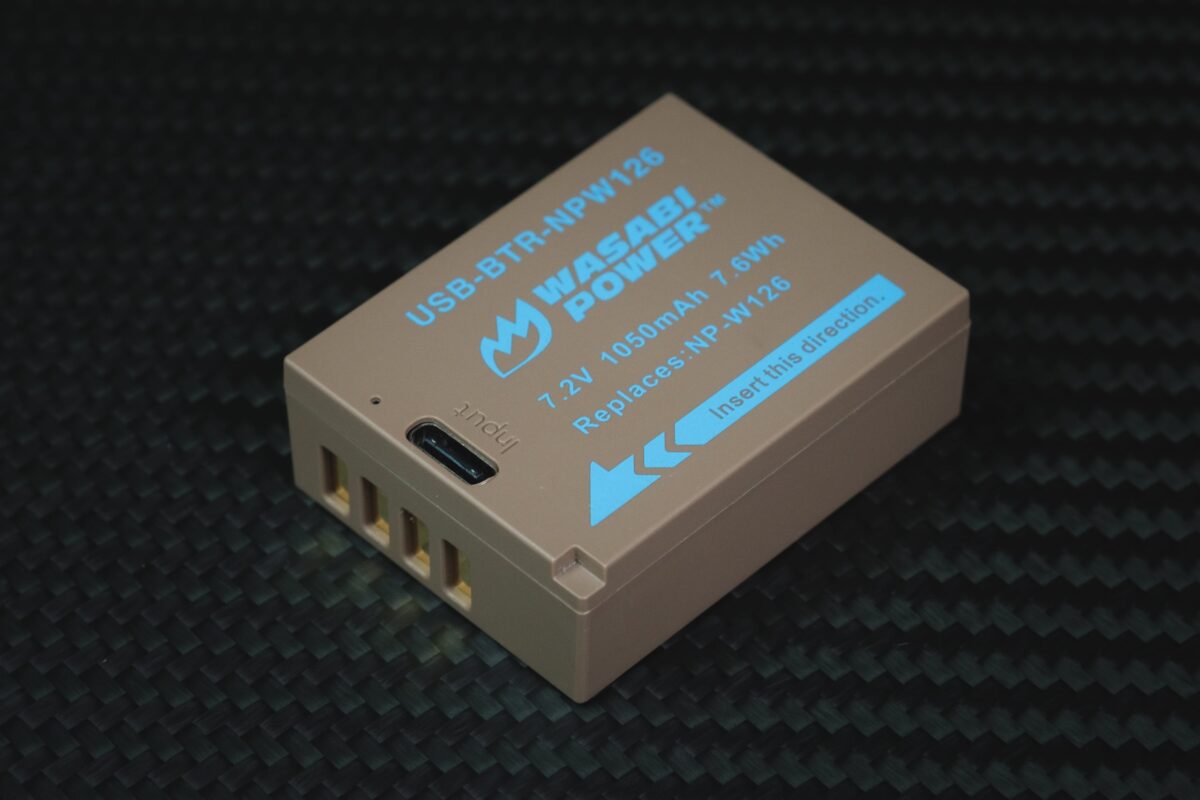
Part of the Ginger Series, it features USB-C rechargeability. Crafted from premium Grade-A cells, it maximizes battery longevity and is backed by a 3-year warranty. Fully compatible with Fujifilm’s original equipment and chargers.
Note: This battery does have a smaller capacity than the official Fujifilm batteries and the standard Wasabi Power NP-W126 Batteries.
Includes one NPW126S Third-Party Battery for Fujifilm cameras and one USB-C Cable for Fast Charging.
Battery Capacity: 1050mAh / 7.2V
Wasabi Power NP-W126S Third-Party Batteries
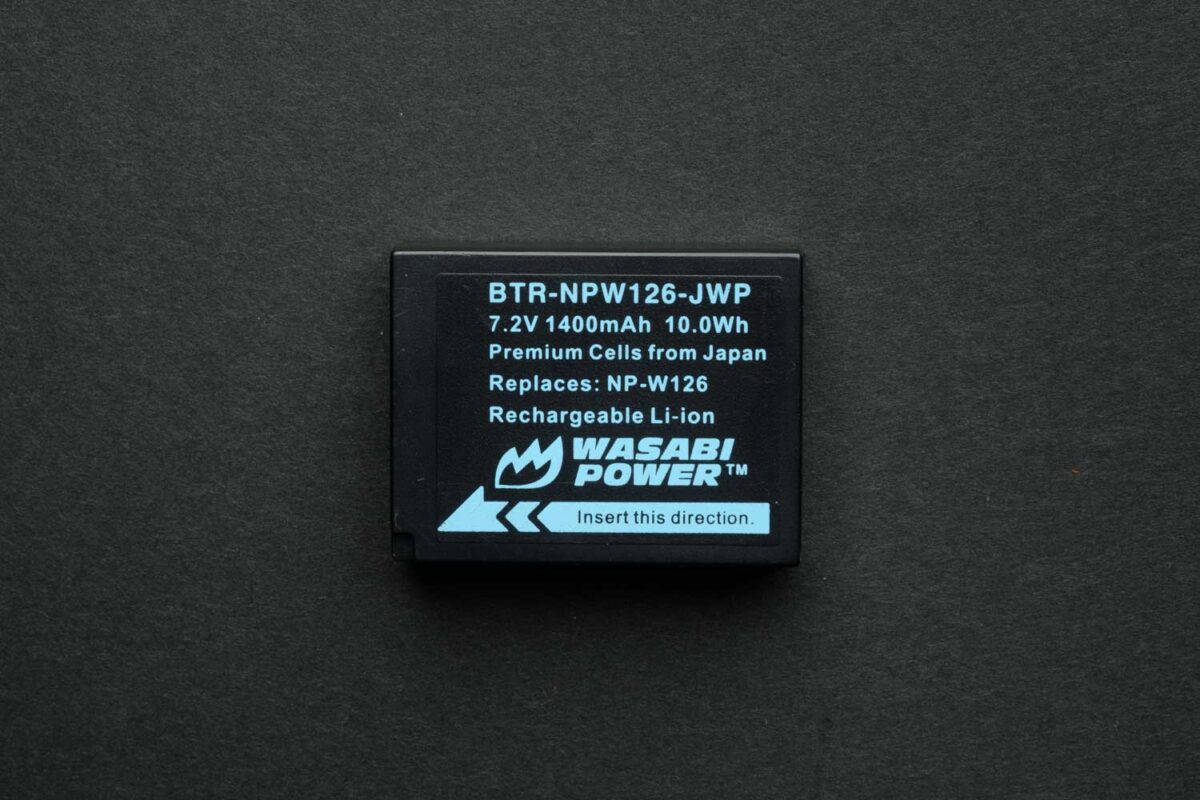
Wasabi Power NP-W126 batteries and chargers are compatible with Fujifilm’s original batteries and chargers, featuring built-in protection against overcharging and short circuits. If you just want a few extra batteries to keep in your bag as a backup, these are great, and I’ve been using them for years. Technically, these have a higher capacity than the battery with the built-in USB Charger, but I haven’t really noticed a huge difference.
Includes two Batteries and one dual USB charger.
Battery Capacity: 1400mAh / 7.2V
3. Lens Filters & Hoods
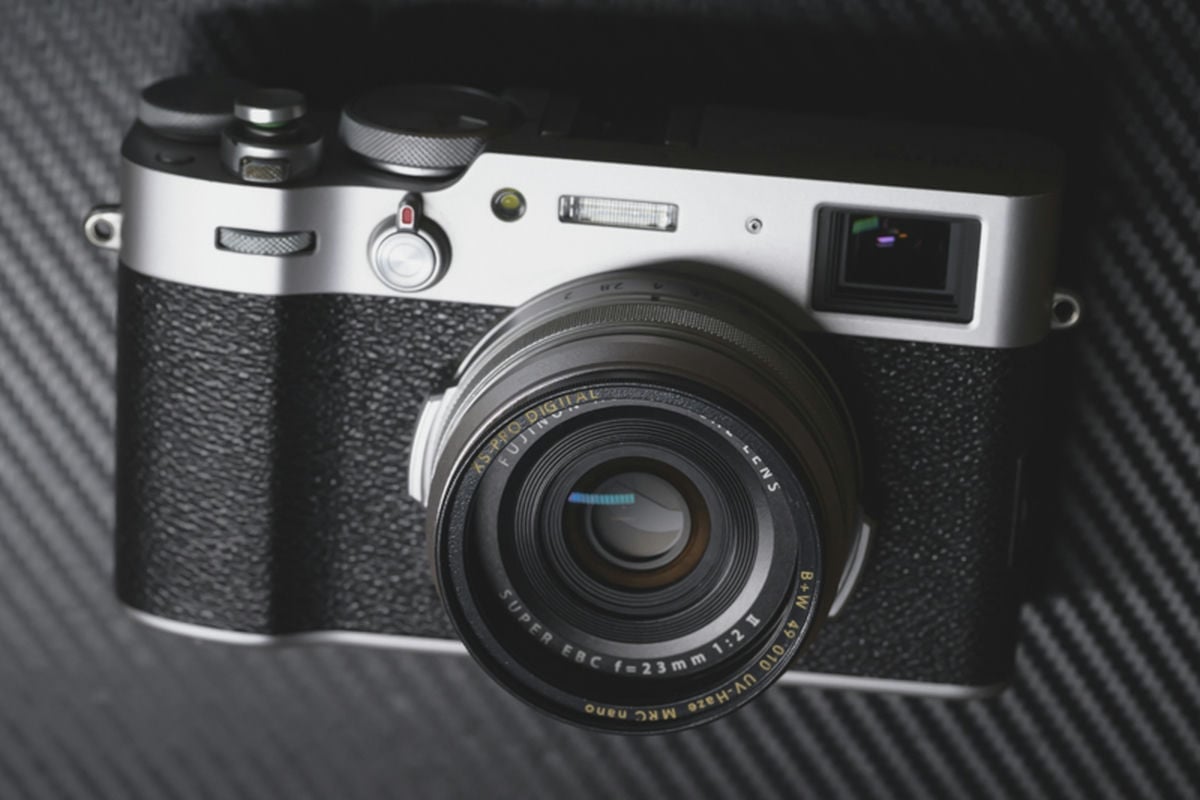
The Fujifilm X100VI can be weather-sealed using a UV filter that protects the lens’s front element. However, you can’t simply attach a UV filter to the Fujifilm X100VI lens; instead, you need to use an adapter, and there are several great options available, including some official Fujifilm options.
Before using an adapter, to install the UV filter adapters, there is a small ring on the front of your lens that you must unscrew to expose the filter threads for these adapters.
JJC LH-JX100 II Lens Hood/Adapter Ring
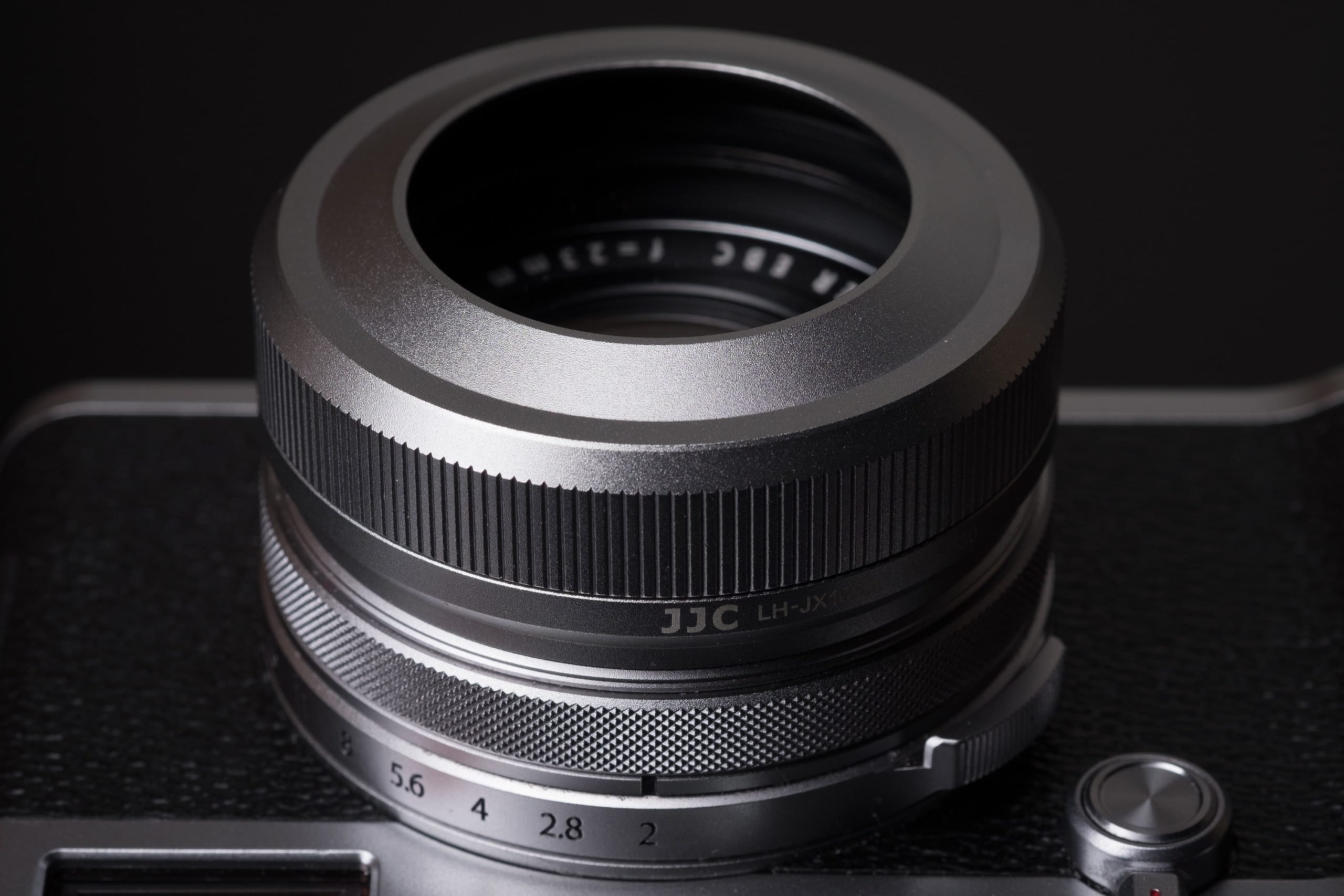
This lens is affordable and practical since it allows you to use the hood without blocking the flash or OVF. Check out my LH-JX100 II review. As shown in their pictures, the Fujifilm lens hood will not fit over this. It technically fits, but it’s too loose to stay on. With the kit included, you also receive the adapter ring, which allows you to use UV filters. A much less expensive option than the official Fujifilm adapter ring, and it works great.
Most people I know, including myself, just buy these kits for adapting a UV filter or soft mist filter and leave the hood portion off.
Haoge Square Metal Lens Hood + Adapter
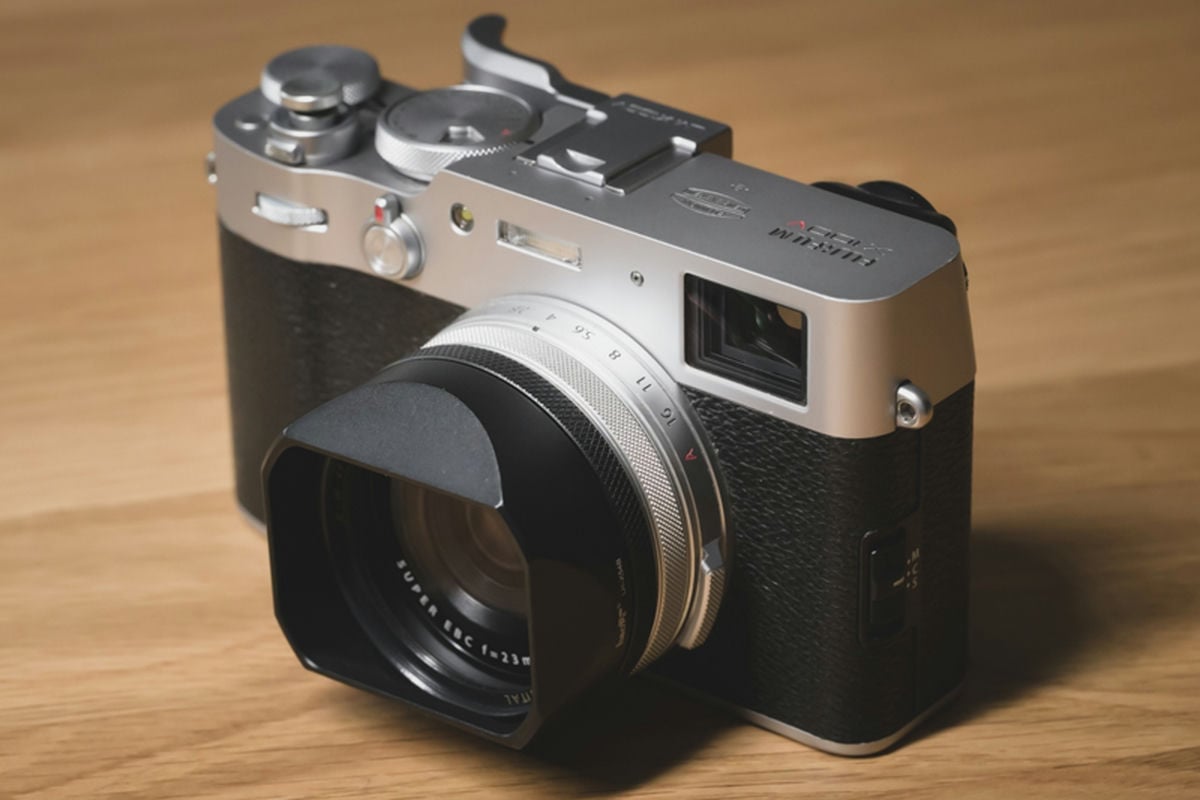
Some have reported that the Haoge Square hood doesn’t perfectly fit the X100VI because a small gap remains after screwing the hood on. But it still works fine for me. Look for any updates on this filter before ordering to see if they can get more precision with the new camera.
There are two Hoage Square hoods: the flared-out and the tapered-in. Both come with an adapter ring for using UV or Black Mist filters.
This squire hood that tapers in is nice because it won’t cause any shadow if you use the camera flash.
SquareHoods MK III For Fujifilm X100VI
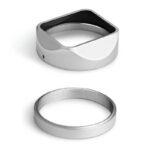
Square hoods, which take UV filters, also make excellent square hoods for the X100V, although they are a bit expensive.
I don’t own this one, but some friends do, and they seem to like it, so I thought I would list it as an option for those who want ultra-high quality.
Just keep an eye on that shipping price. It can be quite expensive if you’re in Asia, as I am. You’ll also want to grab the new MK 4.
Nisi Filter For Fujifilm X100VI
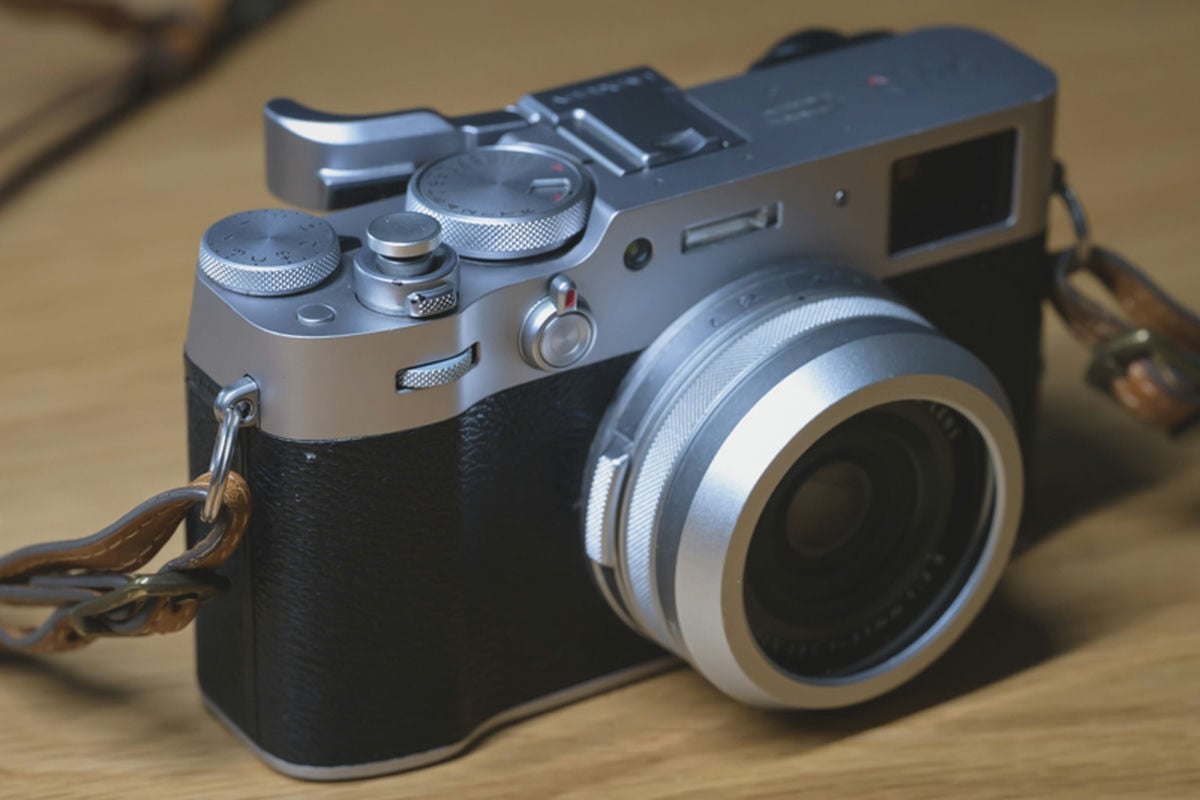
I mostly use this Nisi filter and lens protector when I’m not using any soft mist filter, simply because it’s an all-in-one solution with no additional parts. The UV filter is built into the mount, so all you have to do is screw it on, and it looks great.
4. Diffusion Filters
Once you have your filter adapter, you can adapt a 49mm diffusion filter.
I have a review comparing the top three best diffusion filters: the Glimmarglass, Black Pro-Mist, and Moment Cinebloom.
If you want to take the edge off and give your film simulators a more cinematic feel, I recommend a Glimmerglass at 1/4 power. It creates a film-like look without adding excessive mist. Many people prefer the Cinebloom or Black Pro-Mist at lower powers, and for the mist effect, they are great. However, for simulating film, I think the Glimmerglass is the way to go.
Here is a sample of the Firecrest Gold Bloom filter on the Fujifilm X100VI. I also like the Tiffen Pro-Mist, Black Pro-Mist, and Glimmarglass filters. If you find those a little expensive, try the K&F Shimmer 1 filter.

5. Soft Shutter Release Buttons
Next, we should look at Soft Shutter buttons. Before purchasing soft shutter release buttons, it is essential to know a few key things.
- First, ensure they have rubber washers to prevent them from vibrating loose.
- Second, pay attention to the size. They typically come in 10mm or 12mm. Sometimes, the 12mm lens can look a bit off on the X100VI.
Here are a few photo samples of the different soft shutter buttons on these little X100 series cameras.
Lensmate Soft Shutter Button
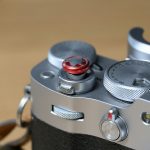
This Lensmate Soft Shutter button is my daily driver for my Fujifilm X100 cameras.
Although a little bit expensive, these little Lensmate soft shutter buttons are great. I own several of these on my different cameras, each with a different color and design. The aluminum models have been color-anodized and are 10mm in size. These include the rubber ring, which prevents them from easily vibrating off your camera.
There are also a few brass versions available.
VKO Soft Shutter Release Button – Wood
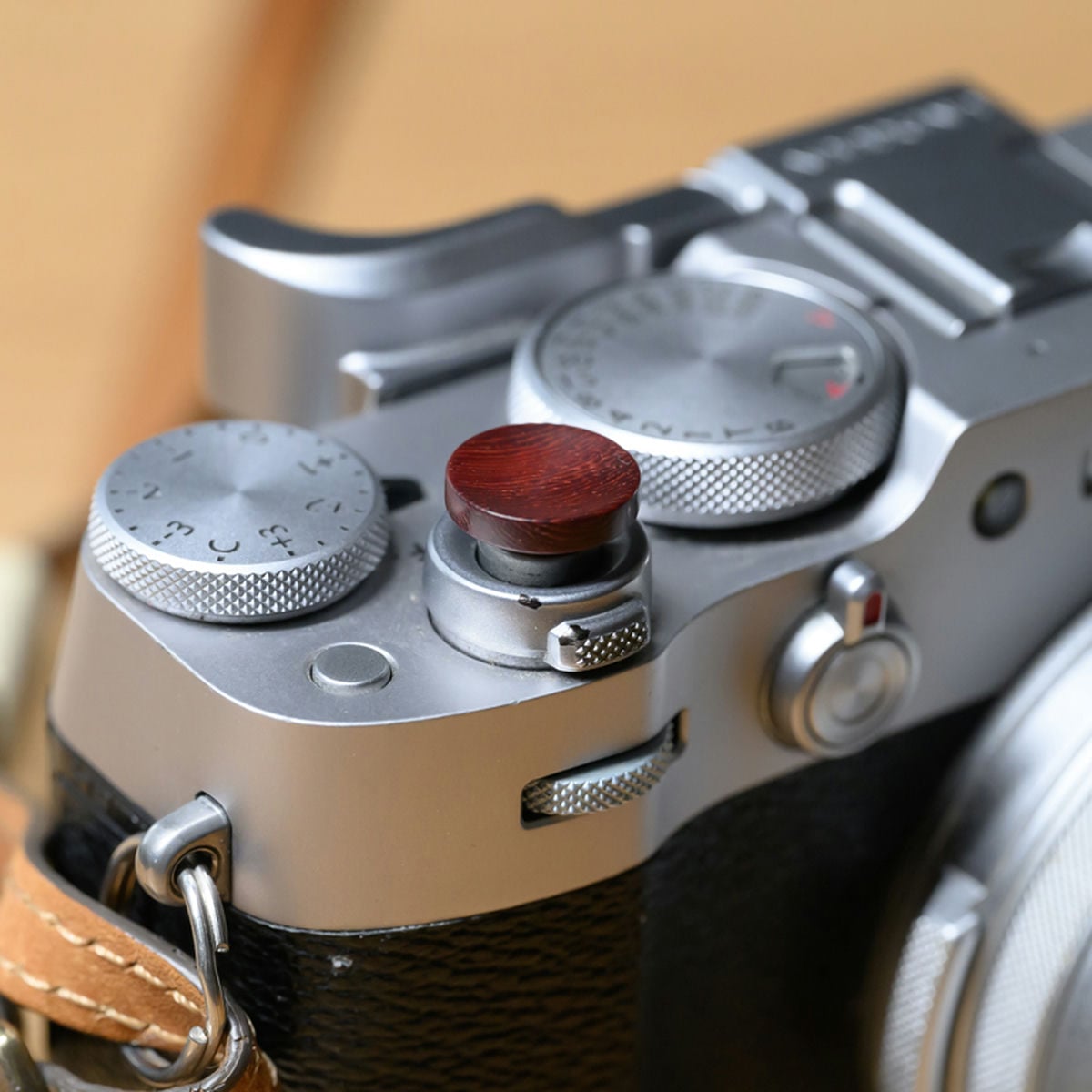
If you want a slightly larger button, this wood grain option by VKO looks great and feels great.
It features a 12mm concave surface that contours nicely with your fingertip, and includes a rubber ring to help the button stay firmly connected to the camera.
Made of high-quality wood and brass thread screw. This is probably one of the best feeling buttons I have, and I always use it on at least one of my cameras.
JJC Soft Shutter Release – Black & Red
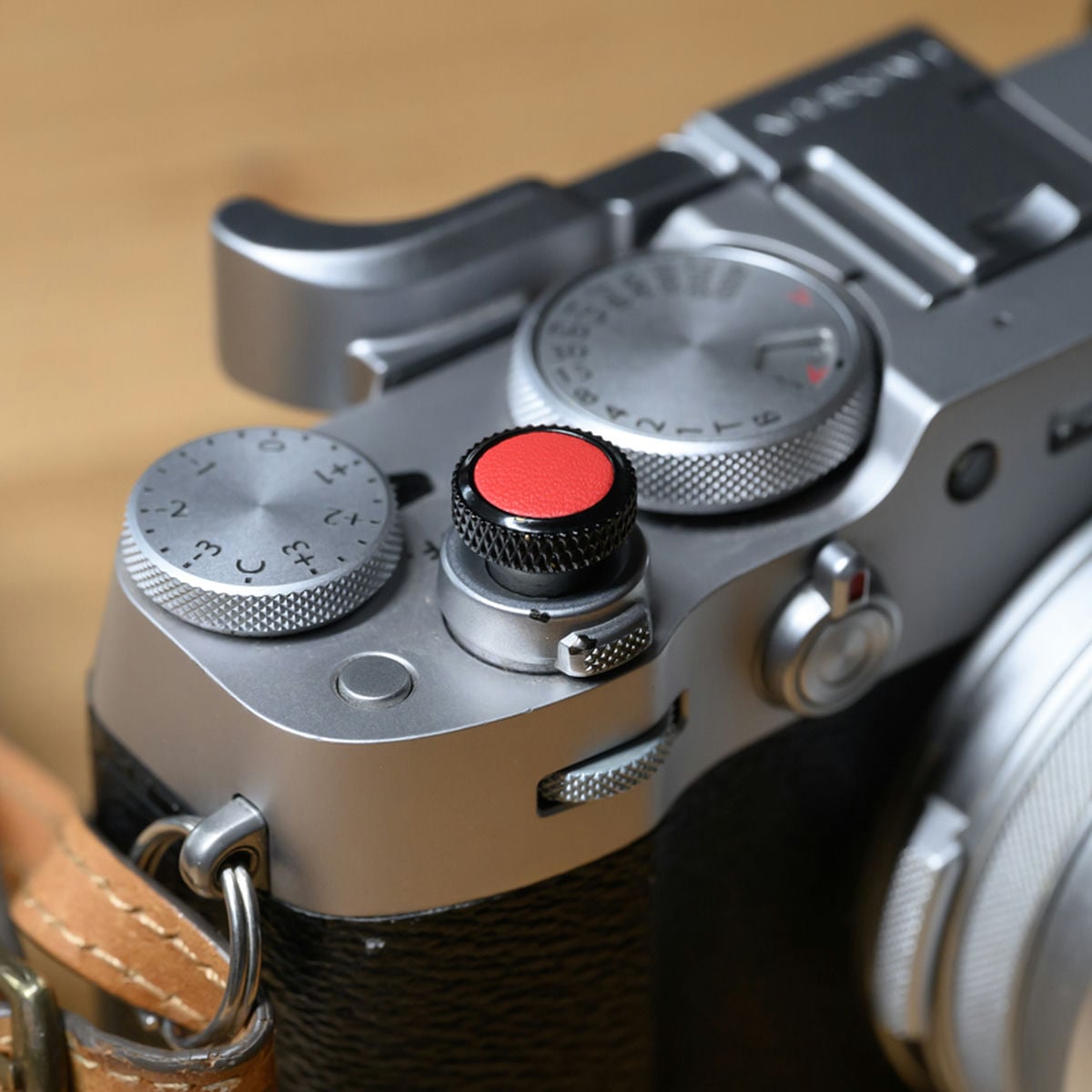
The JJC 12mm soft shutter button is slightly larger and bulkier than the VKO Soft Shutter Release Button, but if you have large fingers, this could be a useful feature.
It’s made of copper and has a little leather top.
It comes with a Rubber Ring, which makes the installation secure and prevents the camera from vibrating loose. There are also multiple color options, which help when you’re designing the look of your camera to match accessories.
6. Grips & Thumb Grips For The X100VI
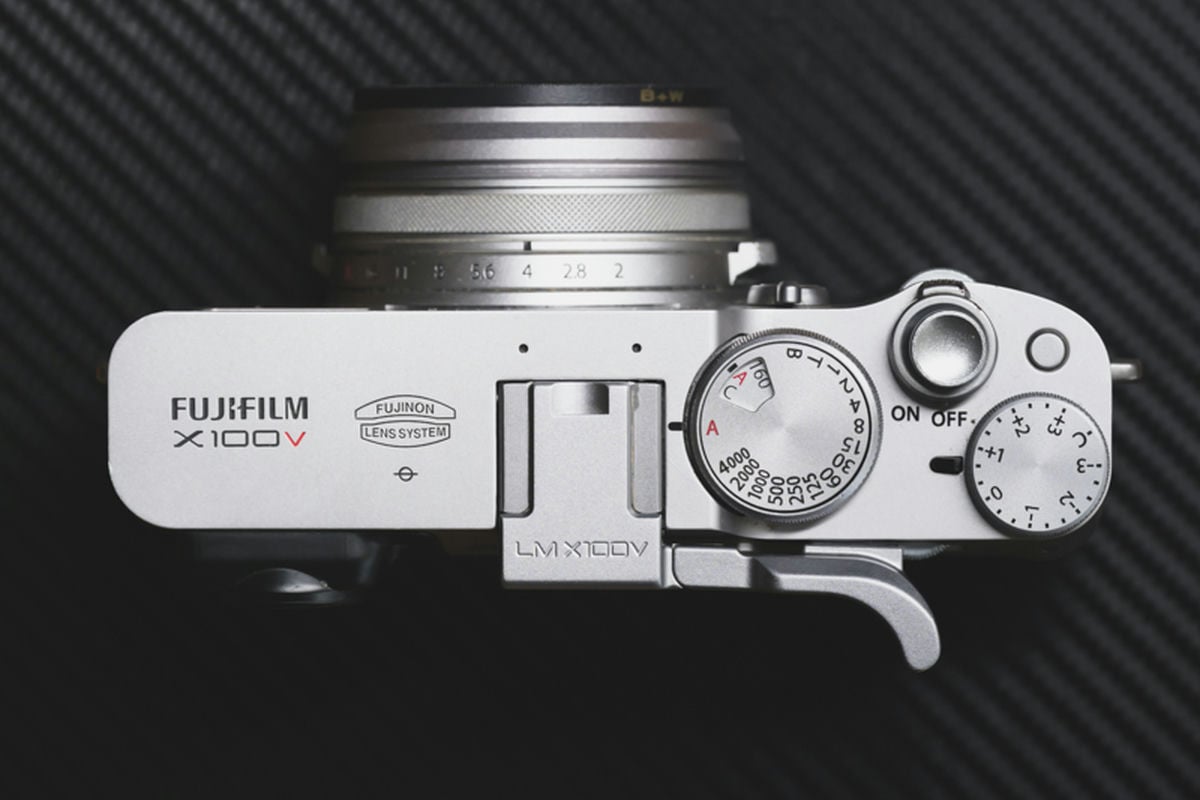
I love thumb grips and recommend them if you’re not using an external flash.
I always use Lensmate thumb grips, but they are no longer in business or shutting down their factories, so you’ll have to shop for other third-party options. None is as great as Lensmate, so you’ll have to go with SmallRig or one of the other generic third-party brands.
SmallRig X100VI L-Shaped Handgrip
Another accessory I like is the SmallRig grip. This is my first time using one of these on the Fujifilm X100 series, and I’ve come to like it. I’ve traditionally used leather cases, but this has become my go-to for the X100VI.
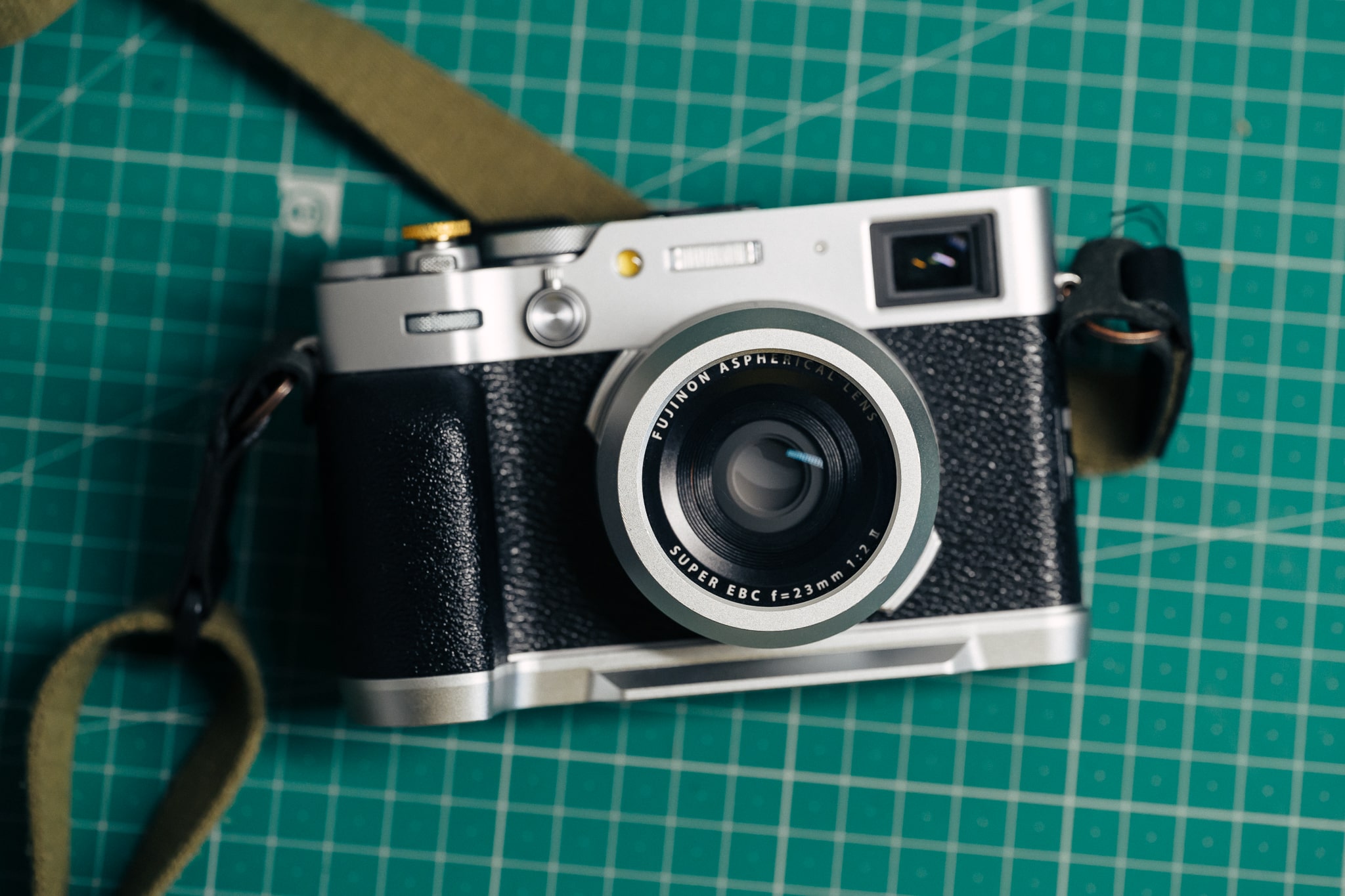
It is custom-designed for the camera, providing everything you need without altering the overall style of the camera body.
The handgrip is fastened using a single 1/4″-20 screw located at the bottom. The grip handle uses a silicone coating, and a silicone material is also integrated into the bottom to prevent scratches on the camera body. This is actually pretty important; I’ve had some bad grips mess up the bottom of my cameras before.
The bottom features a quick-release plate for Arca, allowing you to quickly switch to tripod shooting if you have tripods that utilize this mounting style.
7. Fujifilm X100VI Leather Cases
The Fujifilm X100VI is not compatible with cases designed for the X100V, as the tripod mount has been relocated, and the body has slightly different dimensions.
Kaza Deluxe Leather Half Case Fujifilm X100VI
There are a few brands that make leather cases for the Fujifilm X100VI, but my favorite is Kaza. I’ve used them on a few of my X100 cameras and my Fujifilm X-Pro2. I usually get the combo, or sometimes they send me these for review, and I also use their included strap a lot.
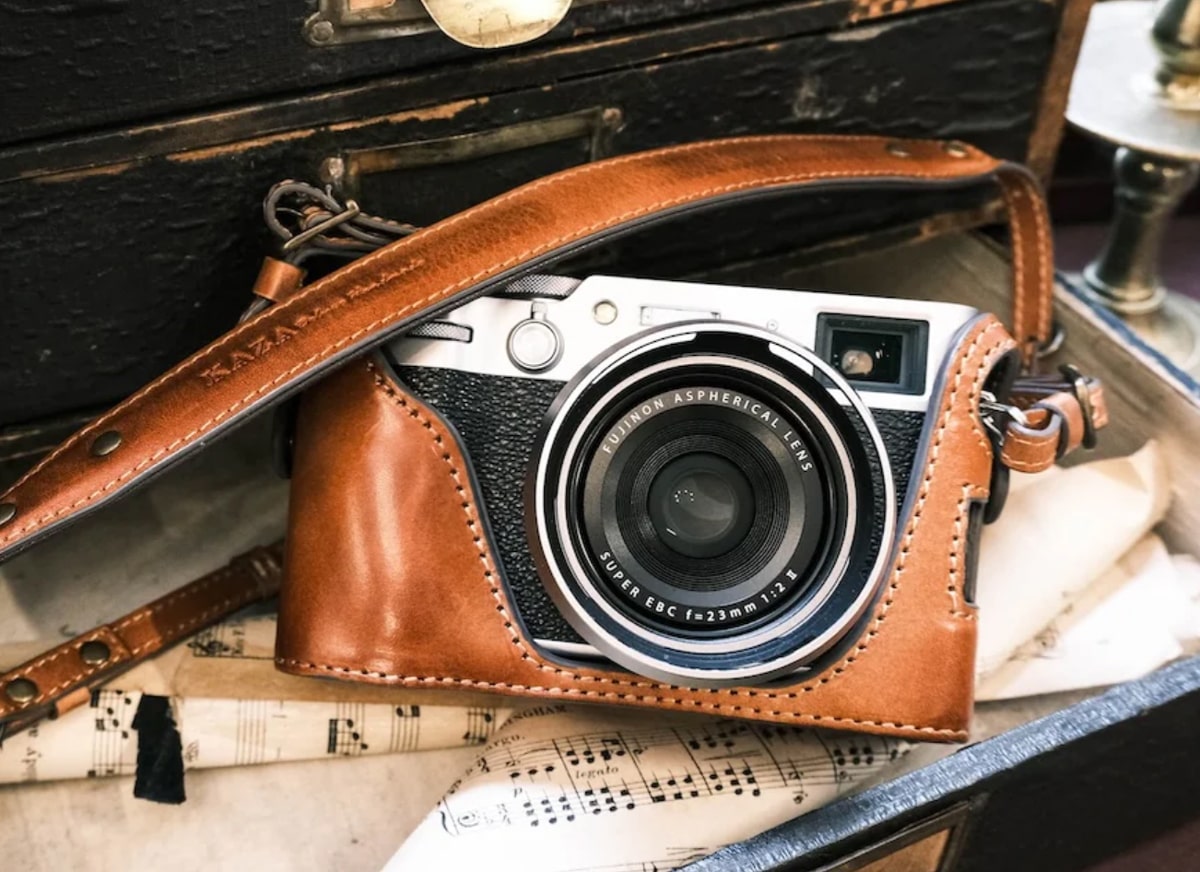
It is made from premium leather with a fiber inner lining featuring a sleek finish. It is custom-designed for Fujifilm X100VI Series cameras, ensuring a secure fit.
Features a bottom cut-out and a quick-release screw for easy battery changes and includes a tripod screw for easy attachment without removing the case.
8. Camera Straps
There are many great straps available—leather straps, rope straps, small straps, and long straps. There are the peak design straps, but I wouldn’t say I like those for the X100-style camera—they are too modern and clash with the aesthetics of the X100VI.
Here are a few of the straps that I like.
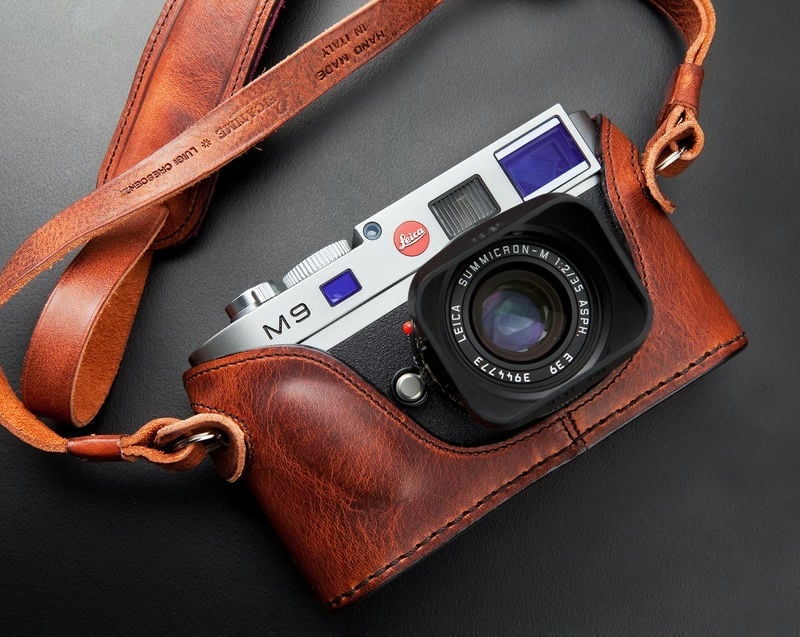
Luigi’s Straps by Luigicase
Italian leather company, and probably the best leather straps. I recommend the Deluxe strap. The Italian Approach to Leatherworks.
- Soft Italian Leather, extremely high quality
- Made in Italy
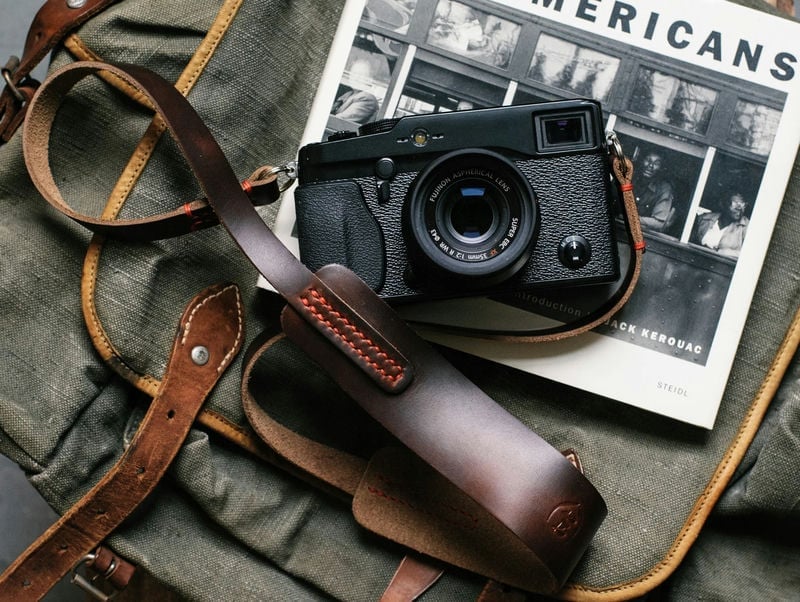
Tap&Dye
Great leather straps, Full Grain, Vegetable Tanned, and Chromexcel (Some of the best leather on earth). The American Approach to Leatherworks.
- Full Grain or Chromexcel Leather
- Made in USA
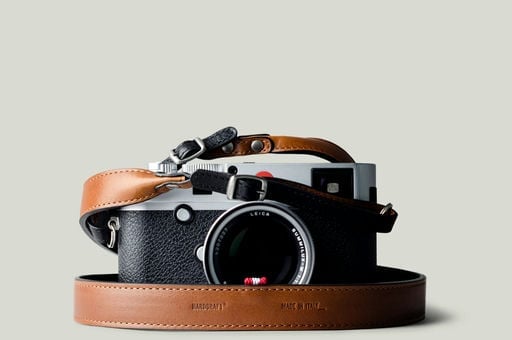
HardGraft
Made in Italy with the best European materials. High-quality straps, bags, and lifestyle products.
- Italian, German, and British Wools
- Made in Italy
9. Mic Accessories
The Fujifilm X100VI features IBIS and 10-bit video, making it an excellent vlogger and travel video camera. What’s notable is its 2.5mm Submini TRS Stereo Microphone Input, which enables the use of a microphone.
Rode VideoMicro / VideoMicro II
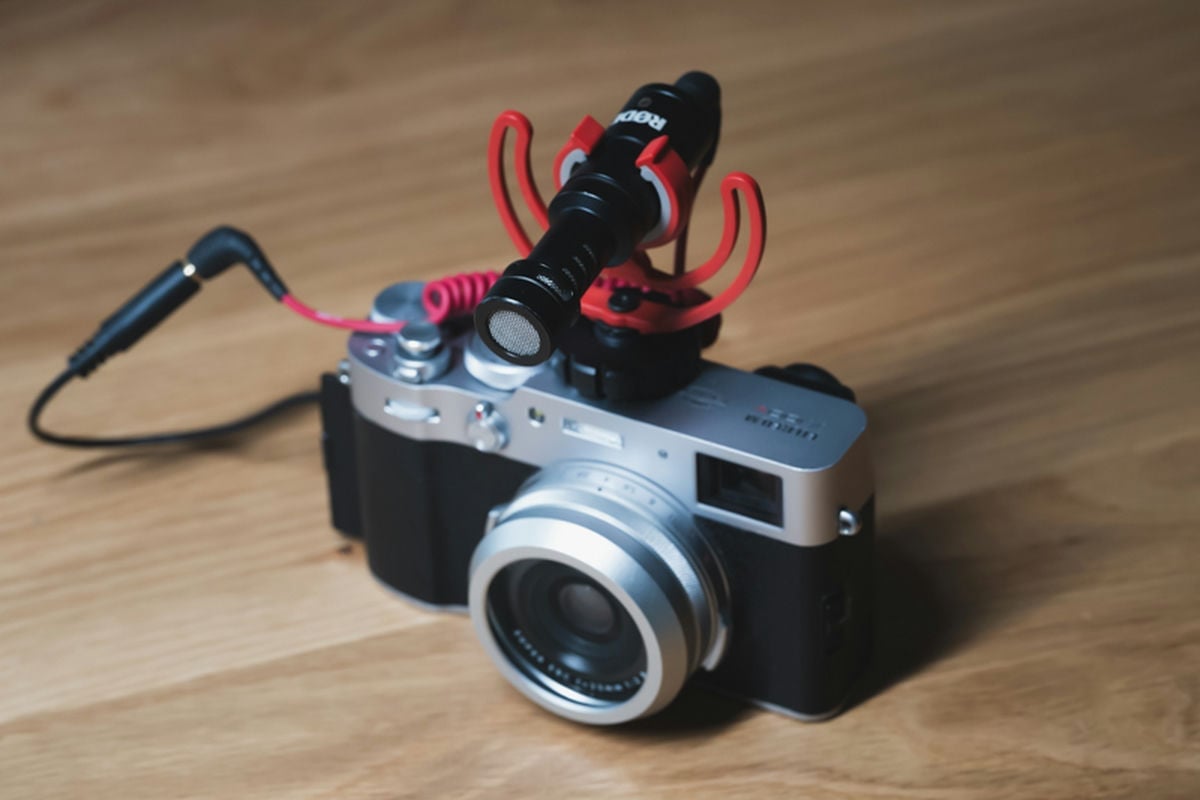
You probably don’t want to get an on-camera mic that is too large for the X100VI, as it might block some of the lens, so here are some compact options. I have both of these mics and like the way they sound.
WarmStor 3.5mm to 2.5mm Mic Adapter
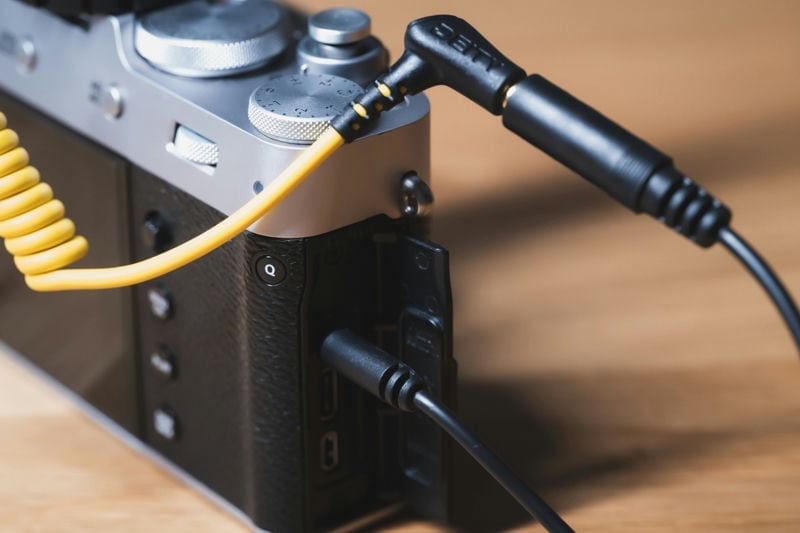
To use a mic, you’ll need this adapter or a new 3.5mm to 2.5mm cable. Buying a new cable is probably a better option if you’re using a 3.5mm mic, since it eliminates one more connection point of failure.
This conversion allows you to use your 3.5mm plug mic with the 2.5mm port on the Fujifilm X100VI.
If you know precisely what mic you’re going to use, you can also get this Foto&Tech 3.5mm to 2.5mm cable and save yourself from using the Adapter – Amazon
| **This website contains affiliate links. We will earn a small commission on purchases made through these links. Some of the links used in these articles will direct you to Amazon. As an Amazon Associate, I earn from qualifying purchases. |



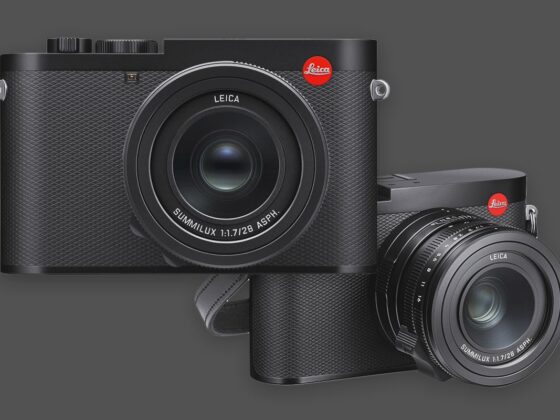
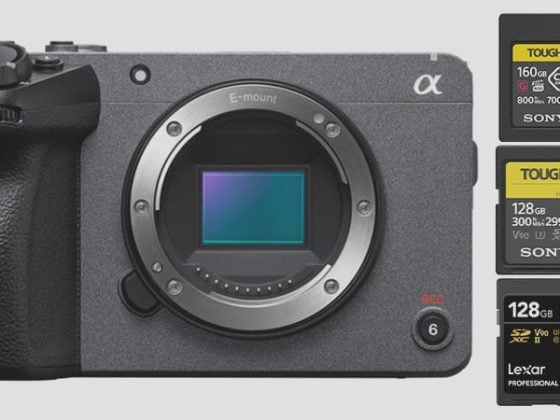
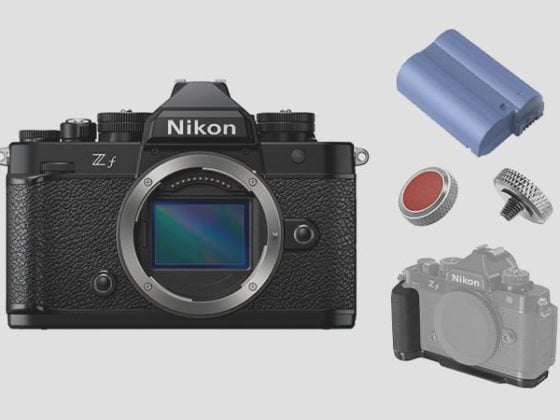
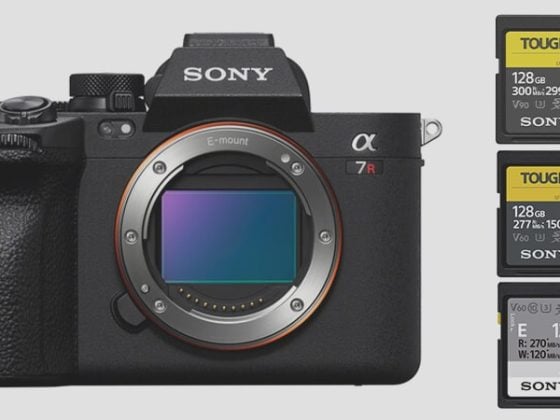
Lensmate Thumb Grips for the X100VI now available